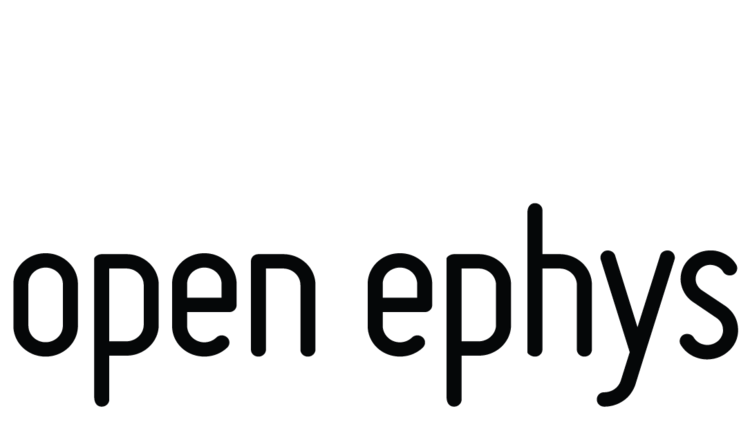Now that our first round of manufacturing is complete, it's time to take a look at our finances. We funded the construction of our first 50 acquisition boards solely through donations. A handful of labs chipped in to get the process up and running. We received generous gifts from the Meletis and Carlén Labs at the Karolinska Institute, the Jazayeri Lab at MIT, the Yizhar Lab at the Weizmann Institute, the Kemere Lab at Rice University, and the Goldberg Lab at Cornell. The Wilson and Moore Labs have continued to support us through miscellaneous small purchases.
A major contribution also came from Texas Instruments. Through their partnership with Rice University, we received over $17,000 worth of free components (around $7200 of which went toward our current manufacturing run). This included the auxiliary analog-to-digital and digital-to-analog converters, the most expensive parts on our boards.
The final product was 50 acquisition boards with custom cases, not including the FPGA used for USB communication ($400 extra). The grand total for the parts, assembly, and cases was $19,294, or approximately $386 per board. This would have been $26,500 if we hadn't gotten the donation from Texas Instruments.
Here's the breakdown of what we spent it on:
Printed circuit boards: $3064
Assembly and DigiKey parts for first 5 boards: $1600
Assembly and DigiKey parts for last 45 boards: $5319
Omnetics connectors: $2728
Samtec connectors: $388
LEDs: $248
Cast urethane cases: $4420
Acrylic tops: $349
Screws, rubber feet, and hex keys: $66
Spray paint and glue: $15
I/O boards: $1010
Boxes for shipping: $69
"5V DC ONLY" stickers: $18
Obviously these costs don't account for the time we spent orchestrating all of the orders, but this wasn't that much in the end. We only lost a few days of work, in return for spreading our tools to over 30 labs around the world.
To put this in more relatable terms, we just built fifty 256-channel data acquisition systems for a fraction of the cost of one commercial system. If you add $20k to account for the FPGAs purchased by individual labs, the cost remains lower. Of course, labs still need to purchase headstages and cables, but at around $1000 for 32 channels, this is still a bargain.
For the average lab, will the incredibly low price justify the extra time investment needed to get an open-source system up and running? Perhaps not at the moment, but potentially it will in the future. Over the next few months, our beta testers will help us spot problems with our hardware and software, and hopefully add some useful features. If all goes well, we should reach a point at which the extra effort is negligible, but the price difference is substantial.
